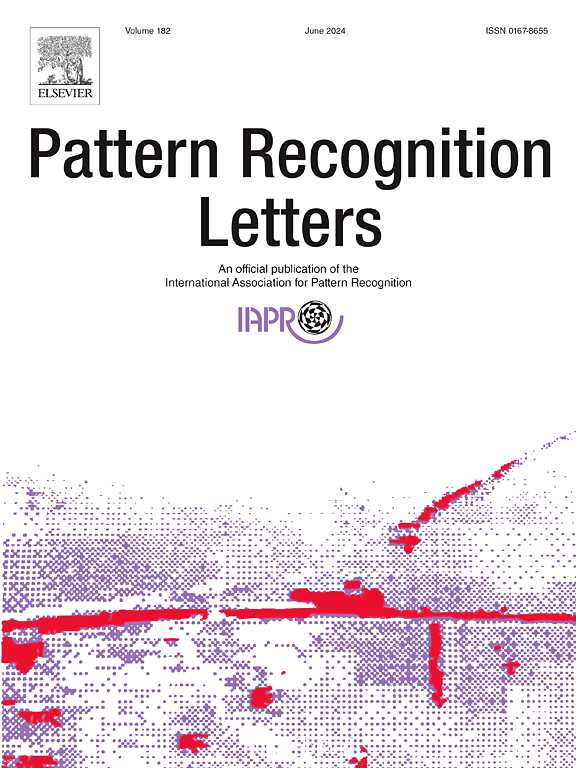Spectral ensemble clustering from graph reconstruction with auto-weighted cluster
IF 3.3
3区 计算机科学
Q2 COMPUTER SCIENCE, ARTIFICIAL INTELLIGENCE
引用次数: 0
Abstract
Ensemble clustering (EC) integrates the base clusterings into a consensus result, which is more robust and effective. A common approach involves constructing a co-association (CA) matrix, and then some individual algorithms are applied to it. However, this approach does not account for the variations in quality across different base clusterings and clusters. Although some weighted ensemble clustering approaches have been introduced, their assigned weights remain fixed once they are determined according to specific principles. Additionally, this method isolates the process of building the co-association matrix from the generation of clustering outcomes. To address these issues, we propose a novel clustering algorithm that adaptively adjust cluster weights. In our method, we define a novel weighted CA matrix and apply a self-weighting framework to automatically assign weights to clusters. Then, the construction of the consensus graph and spectral clustering are integrated into a single framework. Finally, an effective optimization algorithm, the coordinate descent method, is used to directly produce a discrete label matrix. The effectiveness of the proposed approach is validated through experiments on both synthetic and real-world datasets.
基于自加权聚类的图重构光谱系综聚类
集成聚类(EC)将基本聚类整合成一个一致的结果,具有更强的鲁棒性和有效性。一种常见的方法包括构造一个协关联(CA)矩阵,然后对其应用一些单独的算法。然而,这种方法不能解释不同基础聚类和聚类之间的质量差异。虽然已经引入了一些加权集成聚类方法,但一旦根据特定的原则确定了它们所分配的权重,它们的权重仍然是固定的。此外,该方法将构建协关联矩阵的过程与聚类结果的生成分离开来。为了解决这些问题,我们提出了一种新的自适应调整聚类权重的聚类算法。在我们的方法中,我们定义了一个新的加权CA矩阵,并应用一个自加权框架来自动分配权重给聚类。然后,将共识图的构建和谱聚类集成到一个框架中。最后,采用一种有效的优化算法——坐标下降法,直接生成离散标记矩阵。通过在合成数据集和真实数据集上的实验验证了所提出方法的有效性。
本文章由计算机程序翻译,如有差异,请以英文原文为准。
求助全文
约1分钟内获得全文
求助全文
来源期刊

Pattern Recognition Letters
工程技术-计算机:人工智能
CiteScore
12.40
自引率
5.90%
发文量
287
审稿时长
9.1 months
期刊介绍:
Pattern Recognition Letters aims at rapid publication of concise articles of a broad interest in pattern recognition.
Subject areas include all the current fields of interest represented by the Technical Committees of the International Association of Pattern Recognition, and other developing themes involving learning and recognition.
 求助内容:
求助内容: 应助结果提醒方式:
应助结果提醒方式:


